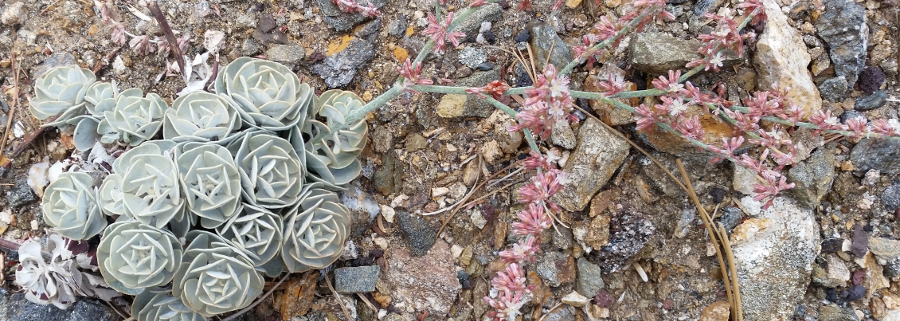Norbanakoen egoeraren seinaleek zuzenean eragiten dute indibidualen fitness aukeratutako lagunen fitness aldaketen bidez. Selekzio sexualaren helburuak ere badira, emakumezkoak gizonezkoek egoera zintzoen seinale zintzoak izan ditzaketen edo ez izan dezaketen ezaugarri gisa.
PI: David López-Idiáquez
Begiraleak: Claire Doutrelant, Peter B. Pearman
Kolaboratzaileak: Vladimir Kaberdin, Maitena San Juan
Gaur egun nire laborategia kolaboratzailea da hegaztien patogenoek egoera seinaleztapenean izan ditzaketen ondorioak aztertuz topaketa sozialetan, hala nola, lagunekin lotzea. Lana David López Idiáquez-ek zuzentzen du, Doutrelant-ekin (CNRS-Montpellier, Frantzia) eta ni lan egiten duen doktore osteko ikerlaria da. Gainera, Mikrobiologia Saileko Vladimir Kaberdin eta Maitena San Juan, EHUko biologiako 4. urteko ikaslea, odol eta fekal laginen ADN metagenomikoaren azterketan lankidetzan arituko dira. Laborategi honetan hegaztientzako inguruneko eta seinaleztapen sozialeko sistemen arteko interakzioa aztertzeko testuinguruan egiten da.
Aukeraketa sexuala eta soziala dira animalien portaera eta morfologia sorta zabal baten eboluzioaren indar nagusiak. Kasu askotan, ezaugarri hauek seinale gisa funtzionatzen dute komunikazio-testuinguru batean, eta elkarrekintza mota anitzen emaitza modulatzen da (adibidez, harremanak edo gurasoak diren seme-alaben arteko komunikazioa). Espezie desberdinek erabiltzen dituzten seinale kopuruan aldakortasun handia dago. Horietako batzuek seinale ezaugarri bakarra duten fenotipo nahiko sinpleak erakusten dituzten bitartean, beste batzuek askoz ere konplexuagoak dira seinaleztapen ezaugarri anitz dituztenak (1. irudia). Aldagarritasun hori nahiko paradoxikoa da; izan ere, seinale adierazpenarekin lotutako kostuak direla eta, gizabanakoek baliabide guztiak seinaleztapen ezaugarri bakarrean inbertitzea espero genuke, bere espresioa ahalik eta gehien aprobetxatzeko. Beraz, nola azaldu daiteke horrelako fenotipo konplexuen presentzia?
Seinaleztapen-sistema anitzen presentzia azaltzeko proposatu den ideia nagusietako bat da ingurumen-baldintzetan gorabehera espazialak eta tenporalak hobetzea. Testuinguru horretan, ingurune gogorretan seinaleak kostu handiegia izan dezakeela espero daiteke edozein pertsona ekoizteko, edo baldintza onetan, gizabanako guztiek seinalea guztiz adierazteko aukera eman dezaketela. Zirkunstantzia horien arabera, seinaleen arteko kalitatearen desberdintasuna kriptikoa izan daiteke eta ingurumen-sentikortasun desberdina duten seinale alternatiboen presentzia hobetuko da. Gainera, seinaleen ezaugarri anitzen adierazpenean dauden desberdintasun horiek beste faktore batzuek ere bultzatu ditzakete, esate baterako, estaldura-sistema, seinale ugarien existentzia eta hedadura hobe ditzaketen edo ez. Adibidez, estaldura handiko sistema poliginoetan, esate baterako, lekak dauden espezieetan, gizonezkoen eta gizonezkoen arteko lehia hobetua dago apaingarri nabarmenen bilakaera sortzen duena. Hala ere, garrantzi handia izan arren, osagai anitzeko sistemen seinaleen gidariek ingurumen-heterogeneotasuna duten efektuak ahaztu egiten dira, izan ere, azterketa esperimental, epe luzeko eta konparatibo gehienek ezaugarri bakarrak isolatu dituzte. Garrantzitsua da ere kontuan hartzea arlo honetako ebidentzia zientifiko gehienak gizonezkoak direla, izan ere, emakumezkoen apainketa orokorrean eta bereziki bereziki emakumezkoen seinaleztapenaren zeregina eta mekanismoak aztertzen dituzten azterketarik ez dago. Horregatik, gizonezkoen eta emakumezkoen apaingarriak barne hartzen dituzten ikerketa gehiago behar dira animalien seinaleztapen sistemen bilakaera guztiz ulertzeko eta ingurumen aldaketak prozesu horretan izan dezakeen eginkizuna ulertzeko.
Bi gairi helduko diogu gai hau: i) Titulu urdinean (Cyanistes caeruleus), kolore zurian (8-11 g) habiatzeko zulo kutxetan habia kaxetan erraz hazten den koloretazio anitz landuko dugu. Lehenik eta behin, haien egoera esperimentalki manipulatuko dugu malariako parasitoen karga murriztuz, bai basatietan, bai gatibitatean, bere efektuak aztertzeko, kolore urdineko titi urdinez agertzen diren 5 ezaugarri desberdinetan. Gainera, kolorazioaren atzean dauden mekanismoak hobeto ulertzeko, tratamenduak hegaztien egoera oxidatiboan izango dituen eraginak ere aztertuko ditugu. Bigarrena, epe luzerako eta banaka oinarritutako datu multzoa aprobetxatuko dugu, 15 urte baino gehiagoko titulu urdinaren kolorazioari, morfologiari eta portaerari buruzko informazioa barne hartuta. Informazio horren bidez, ingurumen-heterogeneotasunaren papera ikertuko dugu koloretako ezaugarriei eta horien artekatzeari buruz jarduten duen hautaketaren indarraren eta norabidearen bultzatzaile gisa.
Laborategi honek proiektuan betetzen duen zeregina patogeno kargak koloreko ezaugarri eta adierazpenen gaineko eraginak aztertzea da. Azterketa hegaztietatik odol eta feces bildumak jasoko ditugu eta ADN genomikoa erauziko dugu. Ondoren, PCR primer unibertsalak erabiliz, balizko patogenoen panelaren presentzia / eza zehaztuko dugu. Horien artean, bai birusak, hala nola gripe aviarra, eta bakterioak. Datu horiek, seinaleztapen-ezaugarrien aldakuntza gehigarria kontutan izan beharko lukete hegazkinen malariaren eragin potentzialetatik haratago.


